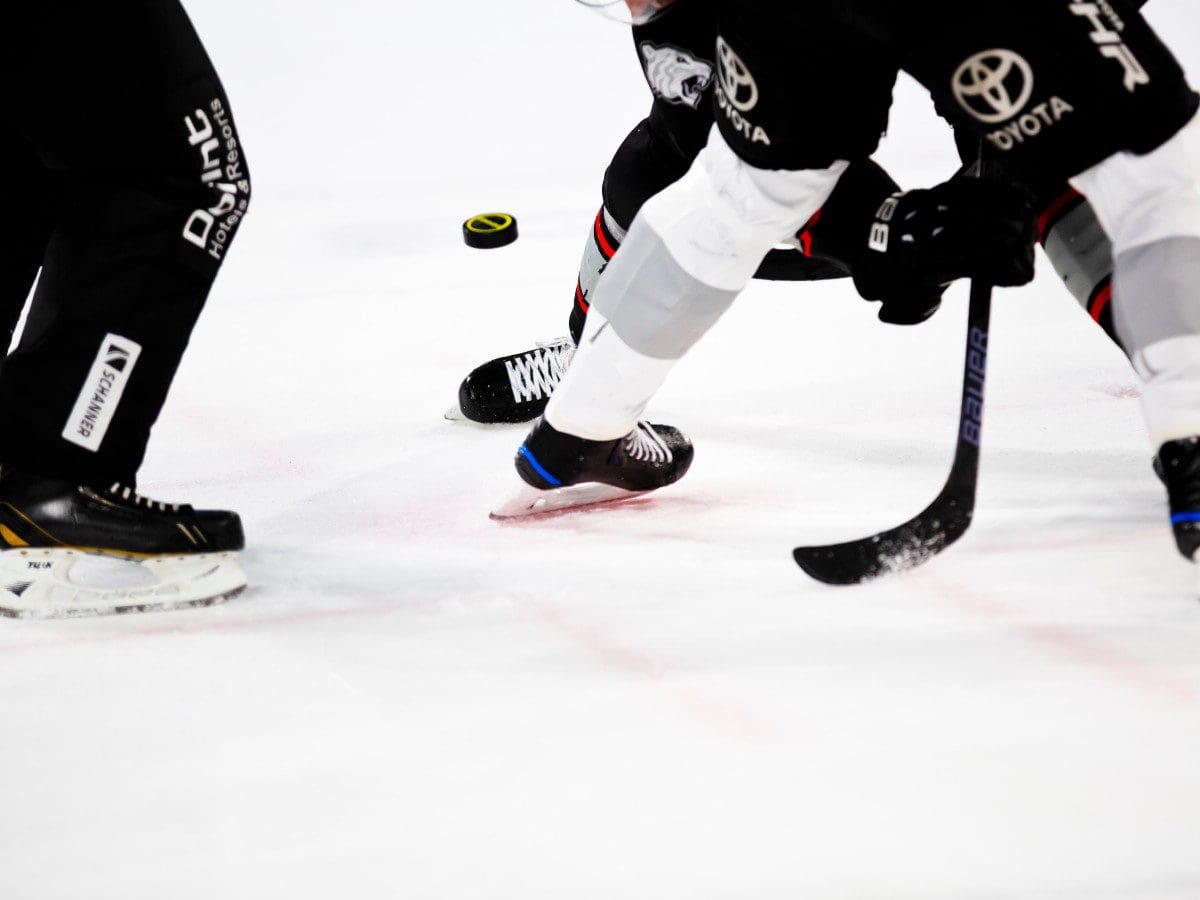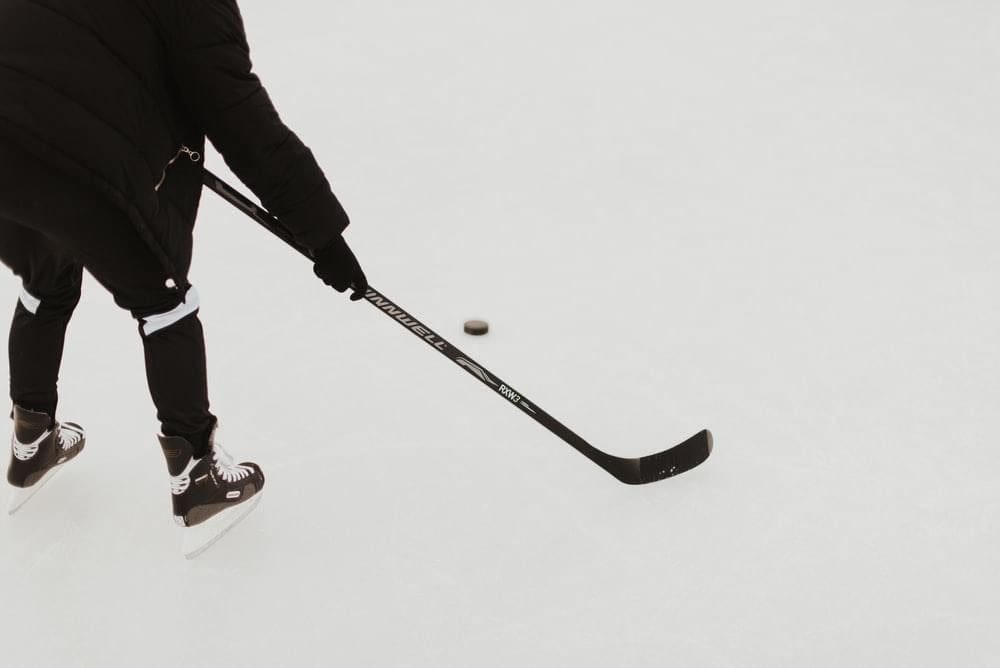
There are plenty of winter sports that always happen on ice. Ice is a beautiful platform where you can battle out their skill.
Ice hockey is one of the best games that can be played on ice. Fans have always bet on hockey with a UK casinos list by Qyto. Ice hockey game usually involves two teams that skate around the rink. They use sticks to pass black objects known as ice hockey pucks around the designated area so that they can make a score past the goalie and into the net.
Design of a Hockey puck
The hockey puck has a flat round design and is made of vulcanized rubber. It involves a process where the rubber is heated and hardened in the size of a small flat and round black disk. The edge of the puck appears bumpy on its grooves. It slightly raised patterns in the shape of a diamond. Hockey pucks that are made very smooth are hard to control and shoot that’s why they have raised patterns so that it has perfect grip to control and shoot.
A hockey puck used in a game usually measures 1 inch (2.54 centimetres) thick. It has a diameter of 3 inches (7.62 centimetres). It has standard dimensions and the weight varies between 5.5 and 6 ounces, 154 and 168 grams respectively.
History behind Hockey puck
Hockey pucks were first used in 1875 but the one behind its invention is not quite clear. It is also unclear how the hockey puck got its name although there are theories that explain how it got its name. The first theory explains that it got its name after the character “puck” after it is hit. This is according to William Shakespeare’s A Midsummer’s Night Dream. The other theory is that it was given the name from etymology’s word derived from Scottish Gaelic puc and Irish poc which essentially refers to poke, deliver a blow or simply punch.
How is a hockey made?
Hockey pucks can be mainly for three purposes: for practice, for official NHL and for souvenir purposes. There are two methods that involved and it depends on the purpose it is being made for.
Pucks that are made for practice purposes require 40-foot-long rubber tubes. The rubber tubes are then pulled and then sliced into pieces measuring four inches each. They are then heated in a two-piece heated mold which compresses them together. Up to 10,000 pucks can be made in a day.
Regulation game pucks require a process of mixing granular rubber together with a bonding material. The mixture is then placed in a mold that is within room temperature and compressed. The process of making regulation game pucks is a slow one as only 5,000 game-quality pucks can be manufactured within a week.
Variations in Hockey pucks
Hockey pucks can be manufactured in different variations depending on the usage. An official hockey puck that is normally used in games is designed with specified standards to meet the required size and weight.
Pucks used for training and by youth
Pucks made for youth are lighter in weight weighing about 4 ounces (110 grams). This is in regard to their small sizes and they cannot withstand the weight of official hockey packs. They are usually designed with a blue color.
Official heavier pucks are usually used for training purposes by adults. They usually appear pink or reddish-orange in color and can weigh about 10 ounces (280 grams). Heavier hockey pucks are used in training with the aim of giving players strength.
Hockey pucks for inline and street
Hockey pucks used for street and inline hockey usually have a lighter weight. They are also made of plastic to keep them light. Lighter hockey pucks make it easier for street hockey players slide them on rough surfaces on the streets. They are also designed in the lighter form to minimize excessive bouncing and fluttering.
Inline hockey pucks on the other hand are designed with protruding glide pegs so that it easier for them to glide on any court surface or concrete. There are also foam hockey pucks designed for use indoors.
Quality control
For the purposes of standardization, hockey pucks go through checks for size and weight regulation. Any puck that doesn’t meet prescribed standards is recycled and used to make a new puck. Later, there are specimens which are taken and frozen for at least ten days and then are bounced. The aim is to attain uniformity in bouncing from the previous batch.
Also, pucks are checked for effects by moisture in the air, dust particles and the rest. Any puck that is found with discolouration is washed using paint thinner and passed through the silk-screening process once more.
Fun facts about Hockey pucks
It is believed that cow dung was frozen and used in earliest hockey games before the introduction of modern hockey pucks. It is believed that it was very interesting and if brought back it can be more interesting and fun.
It is known for some reasons that NASA uses two-ton hockey pucks to train astronauts. This is because free-floating equipment tends to drift off and they use the two-ton hockey pucks to prepare astronauts to familiarise with it.
The first rubber hockey pucks are believed to be made from sliced-up lacrosse balls. Initially, when hockey was done indoors, players used balls. Later on, the balls were then divided further into thirds but the middle section was retained which then was the standard puck in 1885.
In is also known that it is possible to celebrate the hockey puck’s birthday on 7th February. Ideally, the term “puck” appeared first on 7th February, 1876. This date is therefore regarded as hockey puck’s birthday.
It is a fun fact that once a Swedish hockey player Alexander Wennberg scored by dropping the hockey puck out of his pants. This was after it got lodged in his trousers and he skated behind the goalie and managed to plop it out.
Alexander Ryazantsev is the KHL player behind the fastest puck shot on record which reached 114 miles per hour and Denis Kulyash launched the second fastest at 110.43 Mph.





